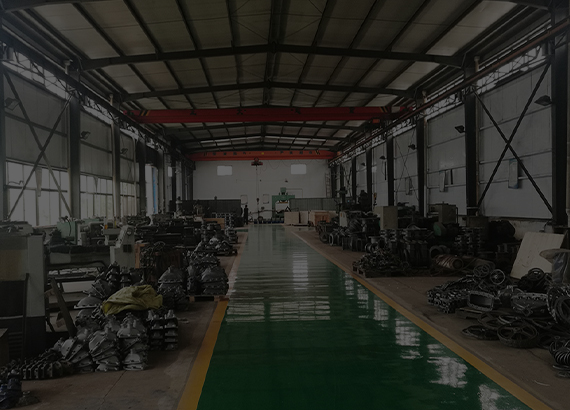Dec . 04, 2024 17:00 Back to list
dual plate check valve wafer type
Understanding Dual Plate Check Valve Wafer Type
A dual plate check valve wafer type is an essential component in various piping systems, designed to allow fluid to flow in one direction while preventing backflow. This type of valve is commonly used in industries ranging from water treatment and oil & gas to HVAC and fire protection systems. Its compact design and robust functionality make it a popular choice among engineers and system designers.
Structure and Functionality
The dual plate check valve, as the name suggests, consists of two plates or discs that pivot on a hinge. When fluid flows through the valve in the intended direction, the pressure forces the plates to open, allowing seamless passage. Conversely, if the flow reverses, the pressure drop causes the plates to close, effectively blocking any backflow. This mechanism is crucial for protecting equipment and maintaining the efficiency of the entire system.
The wafer type design refers to the valve's compact profile, which allows it to be sandwiched between two flanges in a piping system. This design minimizes the need for additional support structures or bulky fittings, making it ideal for installations where space is limited.
Advantages
1. Compact Design One of the most significant advantages of the dual plate check valve wafer type is its space-saving design. Compared to traditional swing check valves, the wafer design is thinner and requires less installation space, making it a favorite for modern piping systems.
2. Lightweight The materials used in constructing these valves, such as stainless steel, ductile iron, or PVC, help reduce overall weight. This lightweight characteristic simplifies shipping, handling, and installation processes.
3. High Flow Capacity Dual plate check valves are designed to minimize flow restriction. Their streamlined flow path reduces turbulence and pressure drops, allowing for high flow rates, which is essential in many industrial applications.
4. Durability and Reliability These valves are built to withstand harsh conditions, including high pressure and corrosive environments. Their robust design ensures longevity and reduces the frequency of maintenance, which can be costly and time-consuming.
dual plate check valve wafer type

5. Low Noise and Vibration The design of dual plate check valves helps in minimizing water hammer effects, which can cause significant noise and vibration in the piping system. This characteristic is particularly important in residential and commercial buildings where noise control is necessary.
Installation and Maintenance
Installing a dual plate check valve is typically straightforward. Given its wafer type design, it can be easily flanged between two pipes, allowing for quick installation in existing systems. However, proper care must be taken to align the valve correctly to avoid any misoperation.
Maintenance of these valves is generally low. Regular inspections are recommended to ensure that the plates are not obstructed and that they operate smoothly. In some cases, debris or sediment can accumulate, causing malfunctions. Cleanouts or periodic maintenance checks can help mitigate potential issues.
Applications
Dual plate check valves are used across a wide range of applications. In water treatment plants, they help maintain system integrity and prevent contamination by reversing flow. In HVAC systems, they ensure that air and water flows efficiently throughout the system without backpressure.
Moreover, in the oil and gas industry, these valves play a critical role in operational safety, protecting pipelines from backflow that could lead to spills or system failures. Fire protection systems also benefit from their installation, as they help ensure that water flows to extinguish fires without the risk of reverse flow, which could hinder firefighting efforts.
Conclusion
The dual plate check valve wafer type is a crucial element in modern piping systems, offering numerous benefits such as compact design, high flow capacity, and reliability. Its applications in various industries highlight its versatility and importance in maintaining system integrity. As industries continue to evolve, the demand for efficient and effective fluid control solutions like the dual plate check valve is likely to grow, reinforcing its significance in engineering and design.
Share
-
Advanced Technology in Wire and Cable FactoryNewsAug.19,2025
-
Applications of Ball Check Valve in Water Treatment PlantsNewsAug.19,2025
-
How Osy Gate Valve Ensures Leak - Tight SealingNewsAug.19,2025
-
Selection Criteria for Wafer Type Butterfly ValveNewsAug.19,2025
-
Threaded Ball Valve Pressure RatingsNewsAug.19,2025
-
Y Strainer PN16 Cost - Effectiveness AnalysisNewsAug.19,2025


